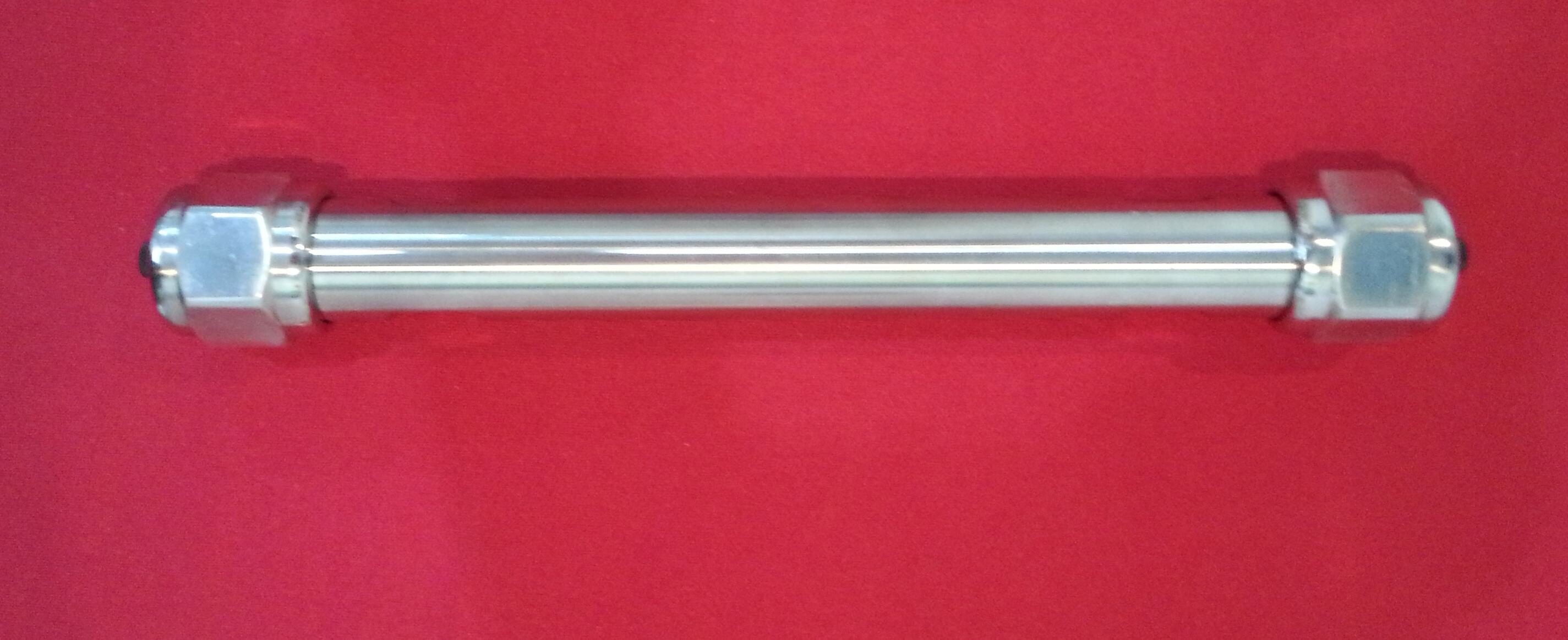Understanding HPLC Column Selection for Optimal Laboratory Performance
Selecting the appropriate HPLC column stands as one of the most critical decisions in liquid chromatography. The right choice can significantly enhance separation efficiency, improve resolution, and deliver more accurate results. Laboratory professionals must consider multiple factors when choosing an HPLC column, as this decision directly impacts analysis quality and research outcomes. This comprehensive guide explores the essential aspects of HPLC column selection and provides expert insights for making informed decisions.

Key Considerations in HPLC Column Selection
Column Chemistry and Stationary Phase
The stationary phase of an HPLC column plays a fundamental role in separation mechanisms. Common options include C18, C8, phenyl, and amino phases, each offering distinct separation characteristics. C18 columns, being the most widely used, provide excellent retention for non-polar compounds and demonstrate remarkable versatility across various applications. When selecting column chemistry, consider your analytes' polarity, size, and chemical properties to ensure optimal interaction with the stationary phase.
Modern HPLC column technologies offer enhanced selectivity through specialized bonding and end-capping processes. These innovations provide better peak shape, reduced tailing, and improved column lifetime. Understanding the relationship between your sample properties and column chemistry enables more effective separations and reliable results.
Physical Dimensions and Particle Size
Column dimensions significantly influence separation performance and analysis time. Longer columns typically provide better resolution but require longer analysis times and higher backpressure. Standard analytical columns range from 50 to 250 mm in length, with internal diameters between 2.1 and 4.6 mm. Selecting appropriate dimensions depends on your specific application requirements, including desired resolution, analysis time constraints, and system capabilities.
Particle size selection represents another crucial factor. Smaller particles (sub-2µm) deliver superior efficiency and resolution but generate higher backpressure. Larger particles (3-5µm) offer good performance with lower system pressure requirements. Consider your HPLC system's pressure limitations and efficiency needs when choosing particle size.
Advanced Selection Criteria for Specialized Applications
Temperature and pH Stability
Modern HPLC columns must withstand various operating conditions. Temperature stability becomes particularly important when conducting high-temperature analyses or when temperature is used to optimize separations. Select columns rated for your intended operating temperature range, typically between 20-60°C for standard applications.
pH stability represents another critical consideration, especially for analyzing ionizable compounds. Most silica-based columns operate best between pH 2-8, while specialized hybrid materials can extend this range. Understanding your mobile phase requirements helps select columns with appropriate pH stability.
Performance Requirements and Method Development
Different applications demand varying levels of chromatographic performance. High-throughput screening might prioritize faster analysis times, while complex mixture separation requires maximum resolution. Consider parameters such as theoretical plates, resolution requirements, and sample throughput when selecting your HPLC column.
Method development considerations should include column selectivity, robustness, and reproducibility. Modern column technologies offer unique selectivity options through different stationary phase chemistries and surface modifications. Evaluate method development needs carefully to choose columns that facilitate efficient method optimization.
Maintenance and Lifetime Considerations
Column Care and Storage
Proper column maintenance significantly impacts performance and longevity. Regular cleaning procedures, appropriate storage conditions, and careful handling preserve column efficiency. Select columns from manufacturers providing detailed care guidelines and technical support. Consider the column's compatibility with your cleaning protocols and storage requirements.
Column lifetime varies significantly based on usage patterns and maintenance practices. High-quality columns operated under optimal conditions typically deliver thousands of injections. Factor in the expected lifetime and replacement costs when selecting HPLC columns for your laboratory.
Cost-Effectiveness and Value Assessment
While initial purchase price influences column selection, consider the total cost of ownership. This includes factors like column lifetime, analysis time, solvent consumption, and method development requirements. High-quality columns might command premium prices but often deliver better value through superior performance and longer lifetime.
Evaluate the balance between performance requirements and budget constraints. Consider whether enhanced separation capabilities justify higher column costs for your specific applications. Remember that superior column quality often reduces method development time and improves productivity.
Frequently Asked Questions
What factors most significantly impact HPLC column selection?
The most critical factors include sample properties, separation goals, system capabilities, and operating conditions. Consider analyte polarity, molecular size, required resolution, and method conditions when selecting an HPLC column.
How do I determine the optimal column dimensions for my application?
Consider your separation requirements, analysis time constraints, and system pressure limitations. Longer columns provide better resolution but increase analysis time and backpressure. Smaller internal diameters reduce solvent consumption but require specialized instrumentation.
When should I replace my HPLC column?
Replace your column when you observe significant performance degradation, including peak broadening, decreased resolution, or increased backpressure. Regular system suitability tests help monitor column performance and determine replacement timing.
How can I maximize my HPLC column lifetime?
Extend column lifetime through proper mobile phase preparation, sample filtration, regular maintenance, and appropriate storage conditions. Follow manufacturer guidelines for cleaning procedures and avoid operating outside recommended pressure and pH ranges.




